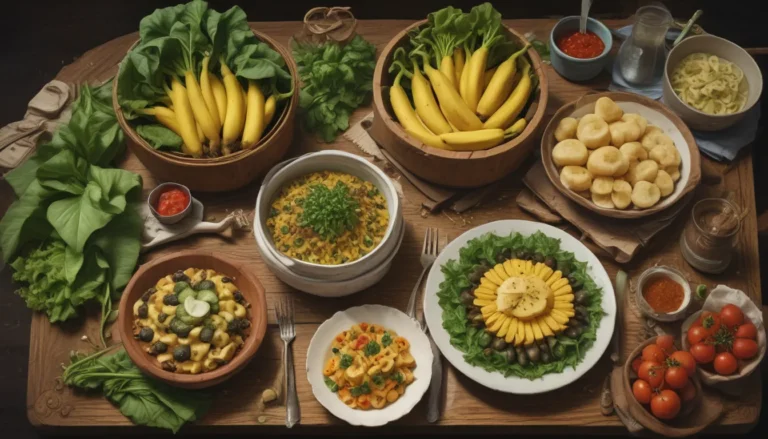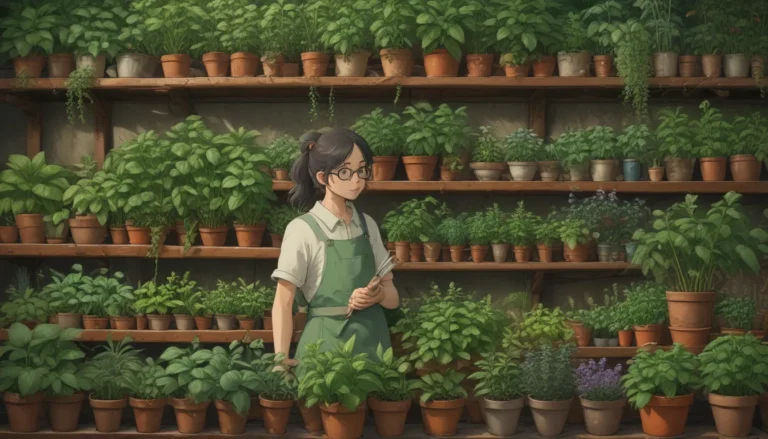How to Cultivate and Nurture Pinto Beans

When it comes to versatility and nutrient-rich foods, pinto beans are a top contender. Whether you’re a seasoned legume grower or just starting out, cultivating your own pinto beans can be a rewarding experience. In this detailed guide, we will explore everything you need to know to successfully grow your own pinto beans.
Let’s jump right in!
Understanding Pinto Beans
Pinto beans, or Phaseolus vulgaris ‘Pinto’, are a cultivar that originates from Mexico. Known for its light brown color and diverse uses in Mexican cuisine, pinto beans have been cultivated by humans for over 5,000 years. As a member of the Phaseolus vulgaris family, pinto beans thrive in arid climates and full sun exposure.
There are two main types of pinto bean varieties: bushy and vining. Bushy cultivars grow in a compact manner, while vining varieties require external support like trellises or teepees. When it comes to planting pinto beans, it’s essential to understand the growth habits of each type to ensure proper care and support.
Planting Pinto Beans
When it comes to planting pinto beans, it’s best to sow seeds directly into the ground. To start, select a planting location that receives at least six hours of full sun daily and has good drainage. Avoid planting in areas that have recently grown beans or legumes to prevent disease.
Before planting, soak the seeds in water overnight to kickstart germination. Plant the seeds with the ‘eye’ facing down and at a depth of 1.5 to 2.5 inches. Allow 3 to 4 inches of space between seeds and 2 to 3 feet between rows. For vining varieties, provide a trellis for support.
Alternatively, if you prefer container gardening, choose containers with adequate drainage and at least 8 inches in diameter. Make sure to water the seeds immediately after sowing and keep the soil moist until germination, which usually occurs in 8 to 14 days.
Growing Pinto Beans
Pinto beans are relatively low-maintenance once established. They prefer well-drained soil with a pH of 6.0 to 7.0. Avoid over-fertilizing, as excess nitrogen can lead to disease susceptibility. Pinto beans thrive in full sun and warm temperatures, with occasional watering once established.
To promote healthy growth, keep your pinto bean plot weed-free. Shallow cultivation is recommended for weed control. Additionally, using dried pinto beans from the store is a budget-friendly option for planting. Consider using black plastic to warm the soil and encourage earlier planting.
Selecting Cultivars
There are several pinto bean cultivars to choose from, each with its unique features and disease resistance. Some popular cultivars include:
- Othello: A disease-resistant vining variety with high yields
- Burke: Known for exceptional disease resistance and canning quality
- Quincy: Tolerant to low nitrogen and moisture stress, producing higher yields than other varieties
Choose cultivars based on your specific needs and growing conditions to ensure a successful harvest.
Managing Pests and Disease
Pinto beans are susceptible to pests and diseases that can affect growth and yield. Common pests include aphids, cutworms, and Mexican bean beetles. Implementing pest control measures such as handpicking pests, using trap crops, and maintaining a clean garden can help protect your pinto beans from infestations.
Diseases like anthracnose, bean common mosaic virus, and root rot can also impact pinto bean plants. To prevent disease, choose disease-resistant cultivars, practice crop rotation, and maintain proper plant hygiene.
Harvesting and Preservation
Pinto beans typically take 75 to 100 days to mature before harvest. When the seed pods turn dry, crack open, and rattle, they are ready for harvesting. Strip the pods from the plant and thresh them to remove the seeds. Ensure seeds are fully dried before storage in a cool, dark place.
For long-term storage, pinto beans can be pressure canned. By following proper harvesting and preservation techniques, you can enjoy your homegrown pinto beans for months to come.
In Conclusion
Growing your own pinto beans can be a fulfilling experience that provides nutritious food for your family. By following the planting, care, and harvesting tips outlined in this guide, you can successfully cultivate pinto beans in your garden. Remember to select suitable cultivars, manage pests and diseases, and preserve your harvest for future use.
Are you ready to embark on your pinto bean growing journey? Share your experiences and questions in the comments below. Happy planting!





